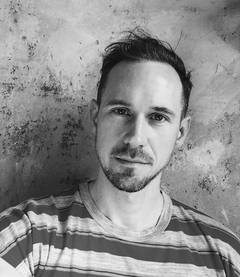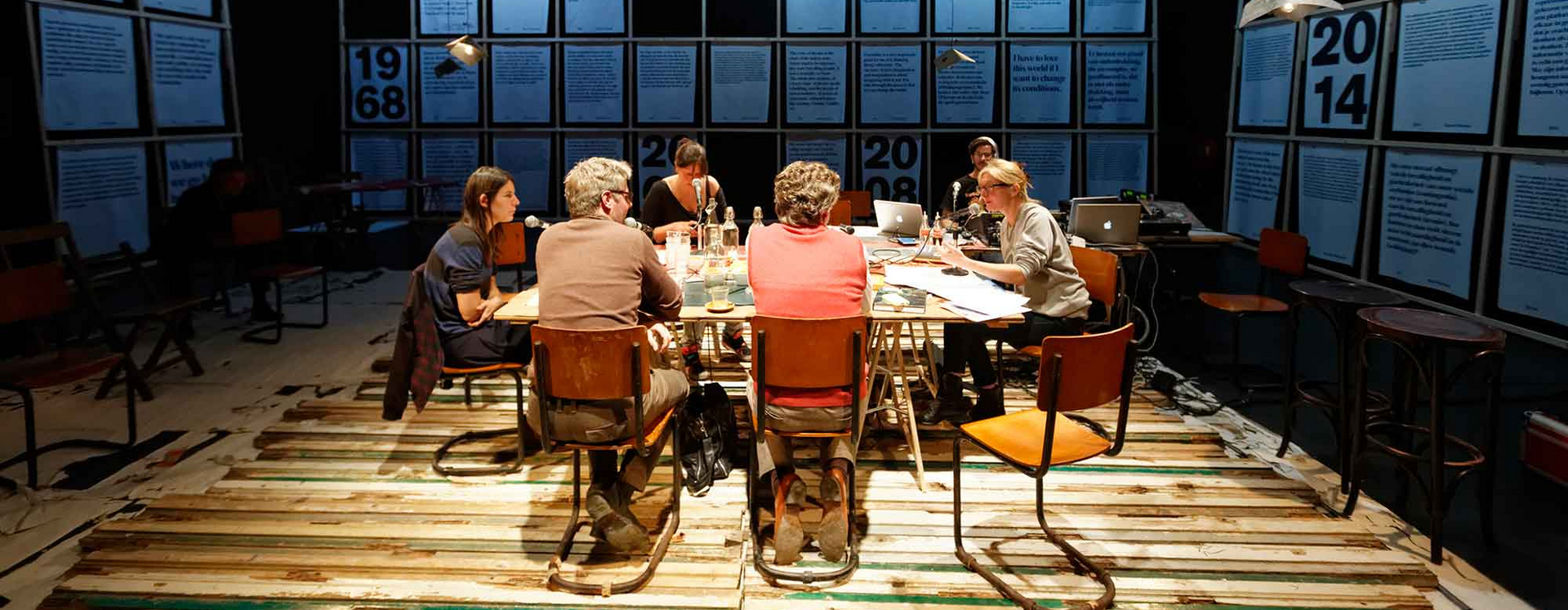Mike O’Connor

O’Connor graduated from the Amsterdam Master of Choreography program in 2015 and has a BFA from University of Utah. Working at the intersection of cognitive science and movement, his artistic work attempts to recreate and articulate some of the basic building blocks of human perception as performative tools. Recently he has presented work at the Venice Biennale, the Mind and Brain School in Berlin, the Detroit Dance City Film Festival, and Spring Dance in Utrecht. He teaches creative practice and feedback to university students throughout Europe and is currently adapting dancer-based abstract thinking and collaboration skills for use in businesses. His piece TERTIARY was nominated for the Prix d’Jardin in the 8:Tension series at the ImpulsTanz Festival. His solo premiere work a waiting dog dies earned him Vienna’s ‘dancer to watch’ in BalletTanz Magazine 2008. He has also performed in works by Deborah Hay, David Zambrano and Willi Dorner among others.

Moving Around X: the x of y. Photo: Niels Weijer

Moving Around X. Photo: Georg Scheu
Human Body as Origami
I plan to generate a comparative relationship between 1. temporal lines of a moving body, 2. perceived permanent lines apparent in our environment, and 3. the imagined lines that conjure thought and concepts. Anthropologist Tim Ingold introduces a body of thought he calls himself ‘linealogy’ which compares the appearance of lines as threads and traces across a vast array of fields. Karen Barad frequently speaks of entanglement in her description of intra-activity, a way that matter, phenomena and agency reconfigure themselves. Anthropologist Maxine Sheets-Johnstone writes about lines and details their ‘spatio-temporal-energic three-fold qualitative character’. To follow Ingold, Barad and Sheets-Johnstone’s premise that the ways we act in the world are not separate from the ways we perceive the world, I propose looking at our linear connections as the folded lines and surfaces in an origami figure. If we look at the whole body as a piece of paper, folding itself over time through movement and resulting in different ares of human attention, we can start to see the possibility of how things relate to each other. I aim to situate the research not ‘about’ lines of the body, but ‘from’ lines of the body.

Lines of Thought. Photo: Mike O'Connor

Drawings
More info
Website: www.awaitingdog.com
Article: Metaphorical Objects
Vimeo: vimeo.com/mikeoconnor
Instagram: www.instagram.com/awaitingdog/

Textural. Venice Biennale exhibit Power Structures Hidden Borders. Photo: Lada Wilson
